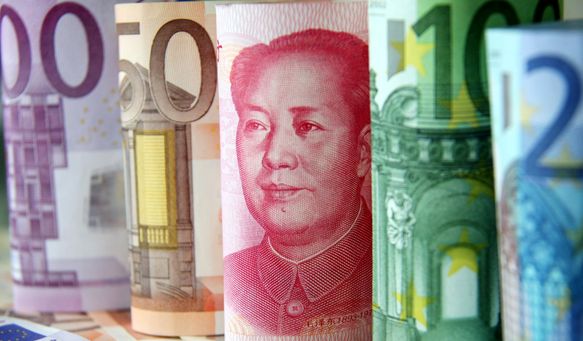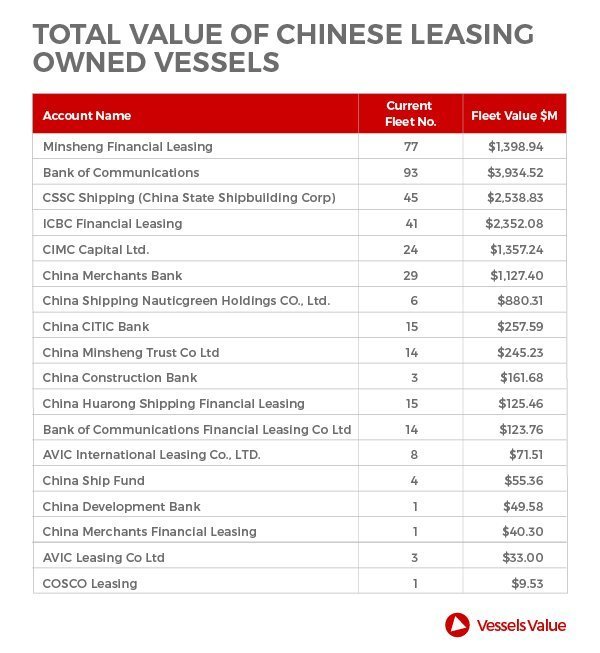China on the rise as a ship finance powerhouse

Adrian Economakis, COO of VesselsValue, on the Middle Kingdom taking centre stage.
Over the last couple of years Chinese and ASEAN lenders, investors and owners have become a lot more sophisticated in their use of data and analytics. We have observed this development in the west since the financial crash 10 years ago, and truthfully speaking, in general China and ASEAN had lagged behind, typically relying on traditional methods, gut feeling and personal relationships. However, this has really changed over the last few years, particularly with the large leasing companies, who are now regular users of using data and analytics such as VesselsValue, AIS, forecasting and other real-time statistics. This has helped them to improve their business performance, manage risk and make better decisions in continually volatile markets.
In terms of shipping finance in general, there has been a significant rise in the importance of China as a source of capital. There are conflicting reports on the exact number of finance houses and leasing companies in China who are currently involved in shipping. However a recent Splash article uses figures from the China Banking regulatory Commission (CBRC), stating there are 60 financial leasing companies in China, 23 of which have opened ship financial leasing businesses. According to VesselsValue, Chinese financial leasing companies own just under $15bn worth of vessels.
The concept of finance leasing differs from traditional financing, where a bank lends money on the ship and is repaid a fixed sum regardless of any increase in value of the asset. On the other hand, leasing companies are seen as advantageous in a recovering market as they have a position in the vessel. The hope is that giving a lease now will result in capital gain at the end of the lease in addition to the generous cash flows during the fixed term. Many leasing companies in China see the markets today as a fantastic opportunity to get involved in shipping. We have just started coming out of a 25-year historical low for many asset classes, so there is limited downside with large upside potential, and unlike traditional bank lending, the leasing companies can make a potential asset gain at the end of the lease.
Traditional western banks, who used to dominate ship finance, have stepped away and are in the process of reducing their lending appetite. In the last five years some of the major players are closing their books, while others are trying to dispose of their portfolios. Saying this, there are other western banks who are increasing their business.
We also work with a large number of investment funds in the US, who aggressively entered the market around 2013. While many are maintaining their portfolios, with some notable deals in the last 12 months including JP Morgan’s acquisition of 20 secondhand bulkers for $480m, we are not seeing many new funds coming into the sector, in either maritime and offshore. The real story at the moment, in terms of finance, is China.
In response to this, we at VesselsValue have invested significantly in our Asian operations, establishing our Asian HQ in Singapore in 2017. We look forwards to the bright role that Asia will play in the future of shipping, particularly with the effects of the One Belt, One Road initiative.

